Su Neihan’s Yamen Incense: The Scholar-Official’s Fragrant Refuge
Historical Context and Cultural Significance
Su Neihan , better known as Su Shi (1037–1101) or Su Dongpo, was a polymath of the Song Dynasty—renowned as a poet, statesman, and incense master. His creation, Yamen Incense , epitomizes the literati tradition of Xiangdao ( “the Way of Incense”), blending olfactory artistry with philosophical refinement. Designed for use in government offices (yamen) and scholarly studios, this incense aimed to purify the mind, enhance focus during administrative duties, and cultivate inner tranquility amid bureaucratic pressures3. Unlike lavish imperial blends, Su Shi’s formula prioritized accessible ingredients, reflecting his Daoist-Buddhist ideals of simplicity and harmony with nature.
Formula and Ingredients
Su Shi’s recipe harmonizes woody-resinous depth with subtle herbal freshness, using materials documented in Song-era pharmacopoeias like Chenshi Xiangpu , Chen’s Incense Manual)3. Key components include:
- Agarwood (Chen Xiang): The base note, providing earthy, bittersweet undertones to stabilize the mind.
- Sandalwood (Tan Xiang): Creamy and warm, balancing agarwood’s intensity.
- Frankincense (Ru Xiang): Adds citrus-pine accents, symbolizing purification.
- Cloves (Ding Xiang): Pungent sweetness to invigorate the senses.
- Bornol (Bing Pian): A camphoraceous top note for mental clarity.
- Minor Herbs: Often Juniper berry or Artemisia for grassy nuances, aligning with Song herbal traditions.
The blend avoids rare animalics (e.g., musk), emphasizing Su Shi’s ethos of ethical simplicity. Ingredients were ground to 130–200 mesh—coarse enough to preserve volatile oils but fine enough to ensure even combustion.
Craftsmanship: A Ritual of Patience
- Material Preparation: Raw materials were sun-dried, cleaned of impurities, and individually ground. Coarse grinding preceded fine milling to minimize heat-induced oil loss.
- Blending and Binding: Powders were mixed in precise ratios, then kneaded with honey or plum juice as a natural adhesive. This step could take days, allowing aromatics to integrate fully.
- Forming and Curing: The paste was shaped into cones or coils, pierced for airflow, and dried in shaded, ventilated spaces for weeks to months. Slow curing mellowed harsh notes and deepened complexity.
Olfactory Profile and Usage
- Ignition: Initial smokiness gives way to bornol’s cooling breeze.
- Heart Notes: Resinous agarwood-sandalwood duo emerges, intertwined with spice.
- Dry Down: Softened woods with honeyed sweetness, lingering for hours.
Burned in office censers or personal studios, its smoke served dual purposes:
- Functional: Cleared “miasmas” (stale air) and repelled insects.
- Spiritual: Meditative aid for decision-making, embodying the Confucian ideal of jing.
Philosophical Legacy
Su Shi embedded Daoist-Buddhist principles into Yamen Incense:
- Wuwei : Natural materials honored non-interference with nature.
- Impermanence: The ephemeral smoke mirrored life’s transience—a theme in Su’s poetry.
This contrasted with ornate courtly perfumes, positioning Yamen Incense as an emblem of intellectual humility. Modern reconstructions (e.g., by perfumers at Taiwan’s Xue Song Studio) still echo this ethos.
The Eternal Scholar’s Companion
Su Neihan’s Yamen Incense transcends mere fragrance—it is olfactory philosophy. By marrying accessible botanicals with Song literati aesthetics, Su Shi crafted a tool for mental clarity amid worldly chaos. Today, its legacy persists in artisanal incense circles, where slow craftsmanship and natural harmony remain antidotes to modern haste. As Chenshi Xiangpu noted, such blends transform spaces into “a mountain hut in the heart of the bureaucracy”-a testament to Su’s timeless genius
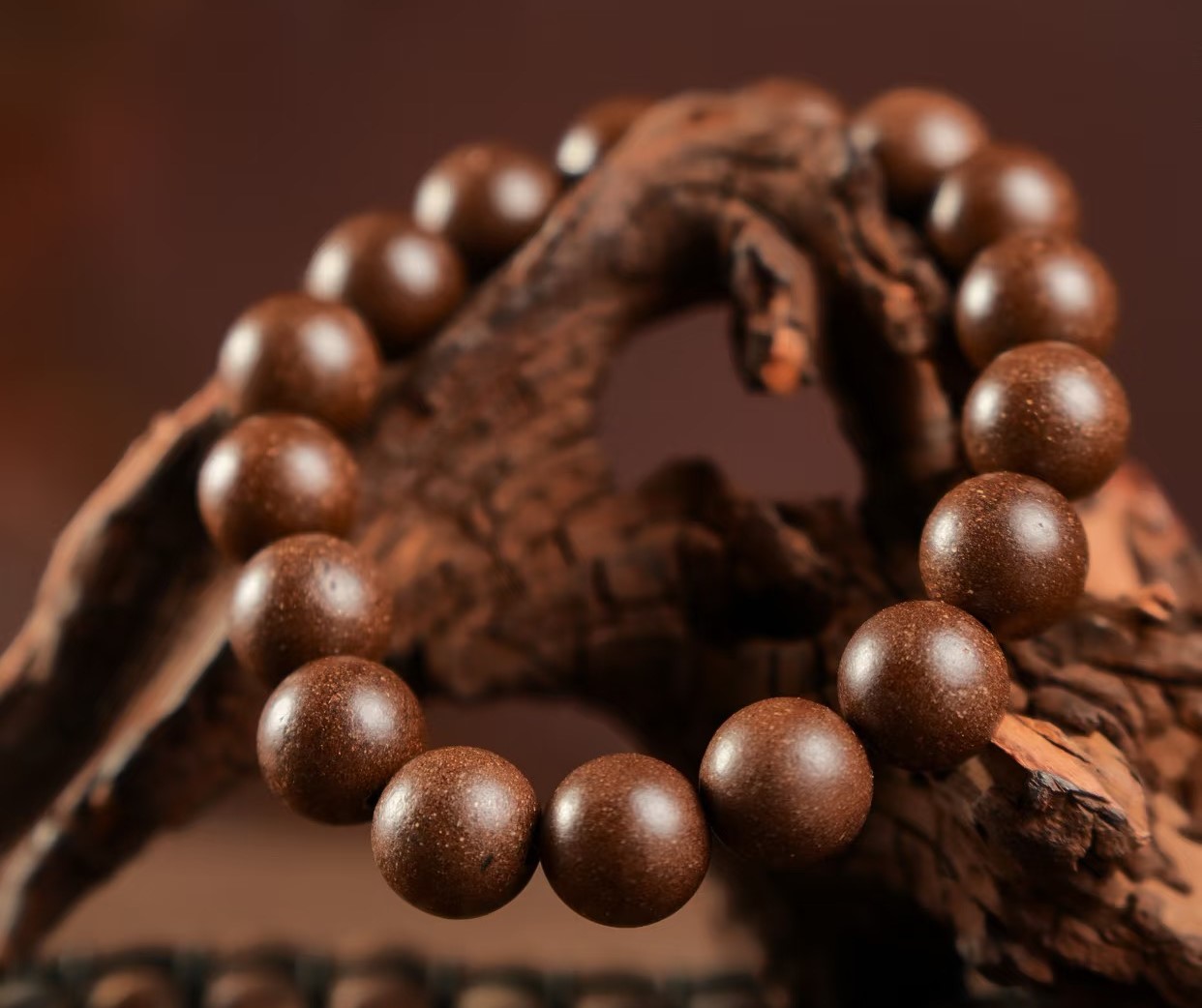



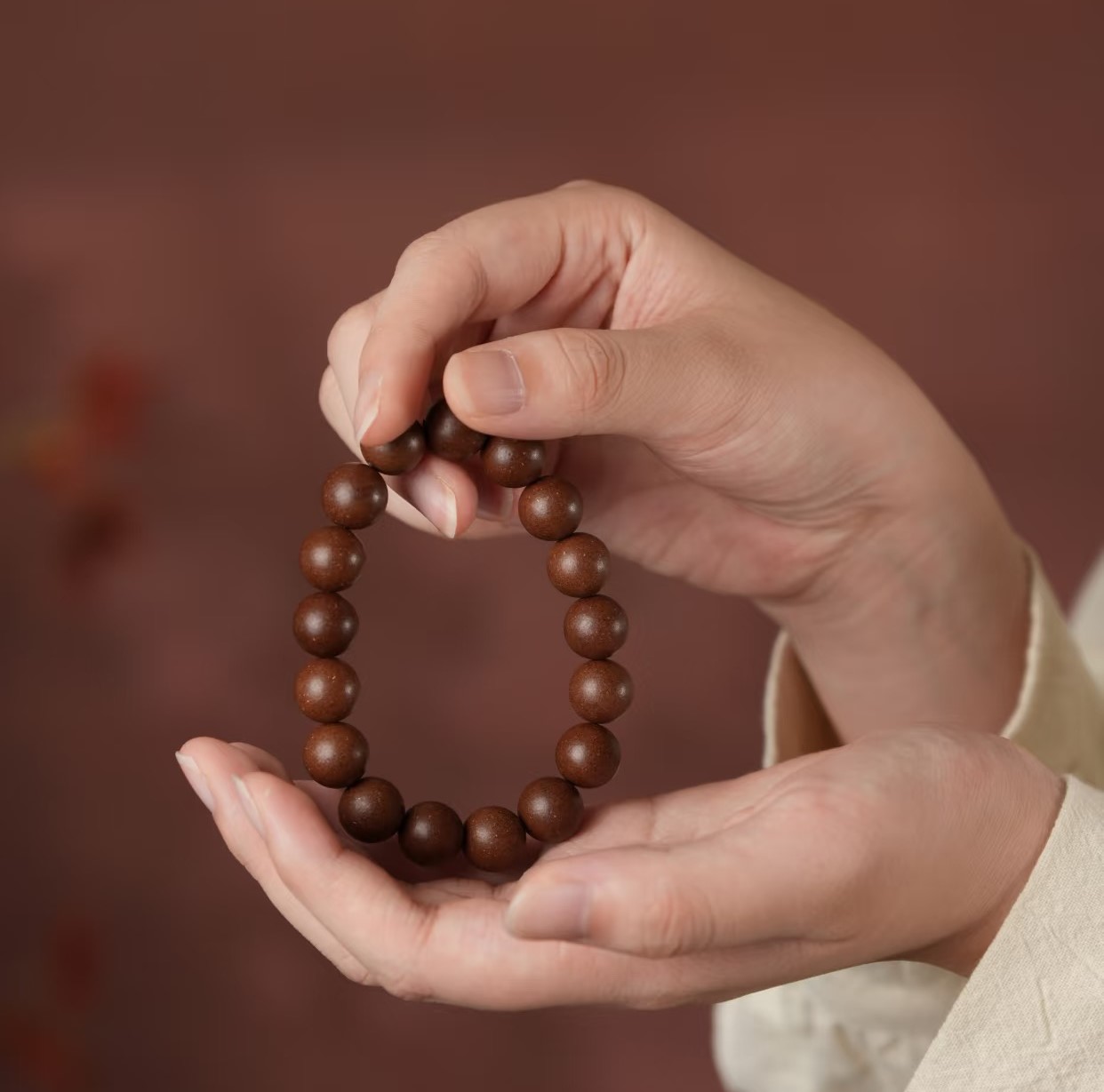





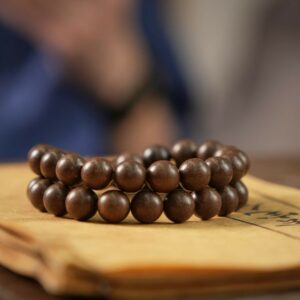
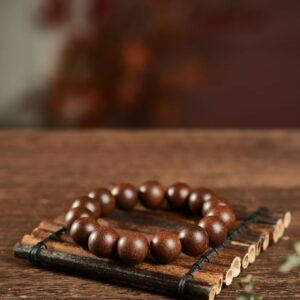
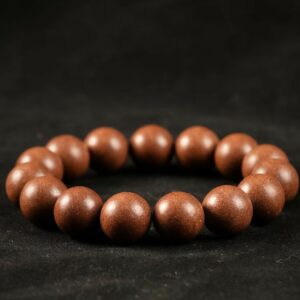
Reviews
There are no reviews yet.